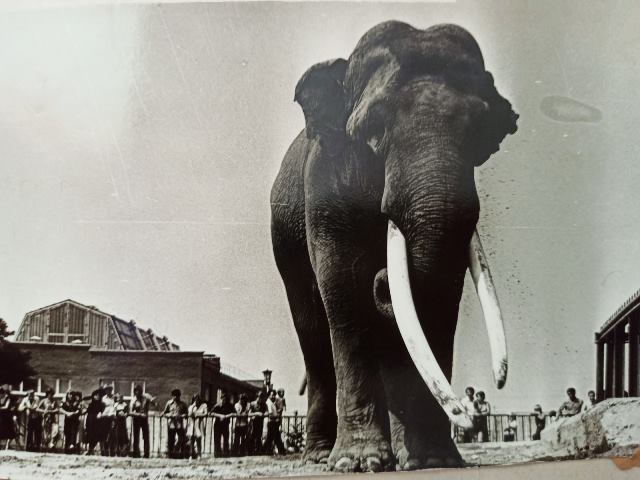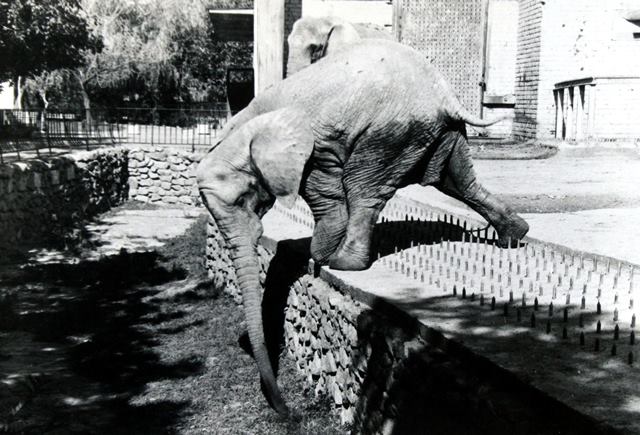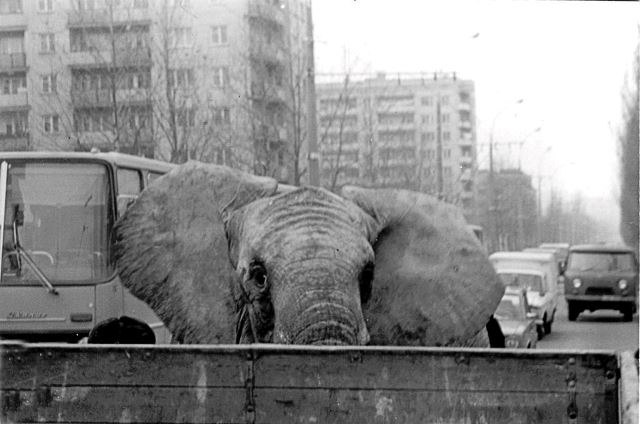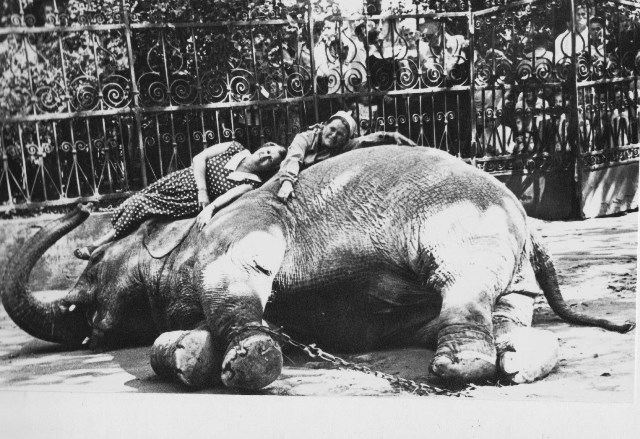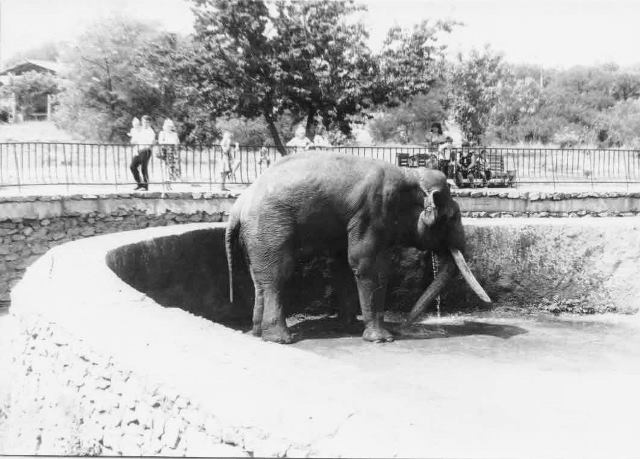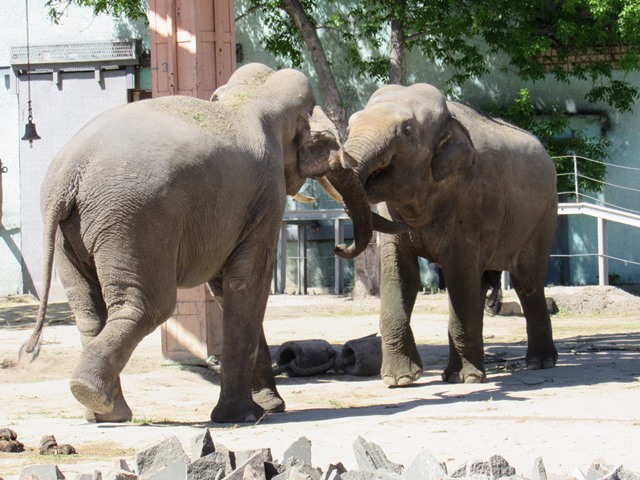World Elephant Day is an annual international event celebrated on August 12 to promote the conservation and protection of elephants around the world. Conceived in 2011 by Canadian filmmakers Patricia Sims and Michael Clarke of Canazwest Pictures, and Sivaporn Dardarananda, Secretary General of the Elephant Reintroduction Foundation in Thailand.
Elephants are loved, revered, and respected by people and cultures around the world, but we are teetering on the brink of seeing the last of these magnificent creatures. Poaching, habitat loss, human-elephant conflict, and cruelty in captivity are just some of the threats facing African and Asian elephants.
The goal of World Elephant Day is to raise awareness of the plight of African and Asian elephants, as well as to share knowledge about these magnificent animals.
Mykolaiv Zoo joins the celebration of World Elephant Day and invites everyone to get acquainted with our elephants Shanti and Dinkar and learn a lot of interesting things about elephants during an excursion or from the educational visualization that you can find near the elephant enclosure.
We also offer to look at a retrospective of photographs of elephants that lived in our zoo in different years. You can also find interesting information about them from our young naturalist Artem Ovsyanov on the signs in the winter elephant enclosure.
We offer you brief information about the history of keeping elephants in Mykolaiv Zoo from the scientific work of our young biologist: “The first elephant of the zoo was Mary, who arrived at the zoo in 1955. This elephant was very communicative, you could calmly approach her.
In 1977, the Asian elephant Karat arrived from Kyiv Zoo. He had tusks almost 1 meter long. This giant was born in 1952. It was the first elephant that lived in the new territory of Mykolaiv Zoo. Already in March 1978, Mary came to Karat to the new territory. The two got along well with each other.
In 1984, the African elephant Changa came to Mykolaiv Zoo from the circus. She was born in the wild in 1972-1976. She was taken to the zoo from the train station through the streets of the city. She could perform many tricks. One of them is “salute”. This is a command when an elephant raises its trunk. Changa also knew how to close metal doors behind her when she entered the winter room.
In 1990, the African elephant Gilda came to Mykolaiv Zoo from Moldova. Immediately after her arrival, she was introduced to another African elephant, Changa. Gilda got along with her, which was expected, since elephants are social animals and need to communicate with members of their own species.
In 1997, the African elephant Nipl arrived from the Ramat Gan Safari Park in Israel. He was born on January 21, 1990. His mother is Norris, and his father is Yossi. He came to add company to our elephants.
The African elephant Vanni also lived in the zoo. She arrived in 2005 as part of the “No Lonely Elephant” program from Finland.
For 10 years, from 2009 to 2019, there were no elephants in Mykolaiv Zoo. During this time, a lot of work was done. The winter and summer enclosures were reconstructed, the summer enclosure was expanded, and toys for elephants were made. And on November 10, 2019, Asian elephants Shanti and Dinkar were brought from Hungarian zoos.”
Interested? Then we invite you to the zoo to learn more about our elephants!
